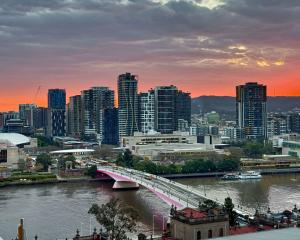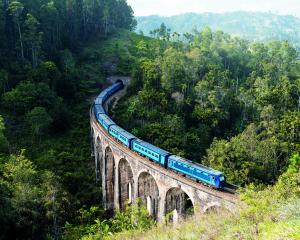
My North Coast 500
I’ve been discovering new adventures on what is now called the North Coast 500 for four decades. One of my first memories is hiking the steep shoulders of Ben Hope with my dad, aged 12, and being overwhelmed by the scale of the spectacle from the summit; having grown up near Glasgow, it felt like a very different version of the Scotland I was used to. Tongues hills, Durness beaches and the Flow Country are eternal highlights — there is always new joy to be found in a region that for many Scots is a blank space at the top of the map.
The road awaits. Five hundred miles of rugged coastline, pristine beaches, majestic mountains and storied castles, the North Coast 500 is an adventure like no other. Whether you commit to the whole route or sample just a section, it promises a breathtaking odyssey through the untamed beauty of Scotland’s northern Highlands. From the roller-coaster ride down the Berriedale Braes to the white-knuckle hairpins of the Bealach na Ba, let the road inspire you, and the journey linger long in your memory.
Hiking the hills
Northern Scotland’s wild, dramatic scenery has made hillwalking one of the most popular pastimes for visitors travelling the North Coast 500.
Munros, Corbetts and Grahams
It would be impossible to tour the NC500 without your eye being drawn to the shapely peaks that adorn almost every view. There are all sorts of hills along the route from small to huge, easy to challenging.
At the end of the 19th century an enthusiastic Victorian mountaineer, Sir Hugh Munro, published a list of Scottish mountains measuring over 3000ft (914m) in height. He couldn’t have realised that his name would one day be used to describe every Scottish peak over that magical 3000ft mark. Many keen hillwalkers today set themselves the target of reaching the summit of (or bagging) all 282 Munros.
Since Munro’s day, making lists of hills and then ticking them off has become a hugely popular activity. Once you’ve bagged all the Munros you can move on to the Corbetts, which are hills between 2500ft and 3000ft (762m and 914m) with a drop of at least 500ft on all sides, and the Grahams, defined as hills between 600m and 762m with a drop of 150m. There are 37 Munros, 43 Corbetts and 38 Grahams along the route of the NC500. If ticking lists appeals to you, there are also Donalds and Marilyns to obsess over.

When to go
The best time of year for hillwalking is usually May to September, although snow can fall on the highest summits even in midsummer.
Winter on the higher hills is for experienced mountaineers only, requiring the use of ice axe and crampons.
You should avoid areas where you might disrupt or disturb lambing (generally mid-April to the end of May) or deer stalking (July 1 to February 15, but the peak period is August to October). You can get up-to-date information on deer stalking in various areas along the route through the Heading for the Scottish Hills (outdooraccess-scotland.scot) service.
The right to roam
Access to the countryside has been a thorny issue in Scotland for many years. In Victorian times, belligerent landowners attempted to prevent walkers from using well-established trails. Moves to counter this led to successful legislation for walkers and the formation of what later became the Scottish Rights of Way & Access Society (scotways.com).
In January 2003, the Scottish parliament formalised access to the countryside and passed the Land Reform (Scotland) Bill, creating statutory rights of access to land in Scotland for the first time (popularly known as the right to roam). Basically, the Scottish Outdoor Access Code (outdooraccess-scotland.scot) states that everyone has the right to be on most land and inland waters, providing they act responsibly.
As far as wild camping goes, this means that you can pitch a tent almost anywhere that doesn’t cause inconvenience to others or damage to property, as long as you stay no longer than two or three nights in any one spot, take all litter away with you and keep well away from houses and roads.
 My best views
My best views

Duncansby Stacks: Swiftly ignored when rushing by on the road, but impossible to ignore from the vertiginous clifftop overlooking the raging North Sea.
RSPB Forsinard Flows: Looming above black ponds and moss-ringed peatlands, the Flows Lookout Tower offers a snapshot of unrivalled wilderness.
Kyle of Tongue: Mountains, moorland, a moshing sea and a moody castle.
The book
Lonely Planet: Journey North Coast 500 RRP $36.99.
— Mike MacEacheran is an award-winning writer based in Edinburgh.












